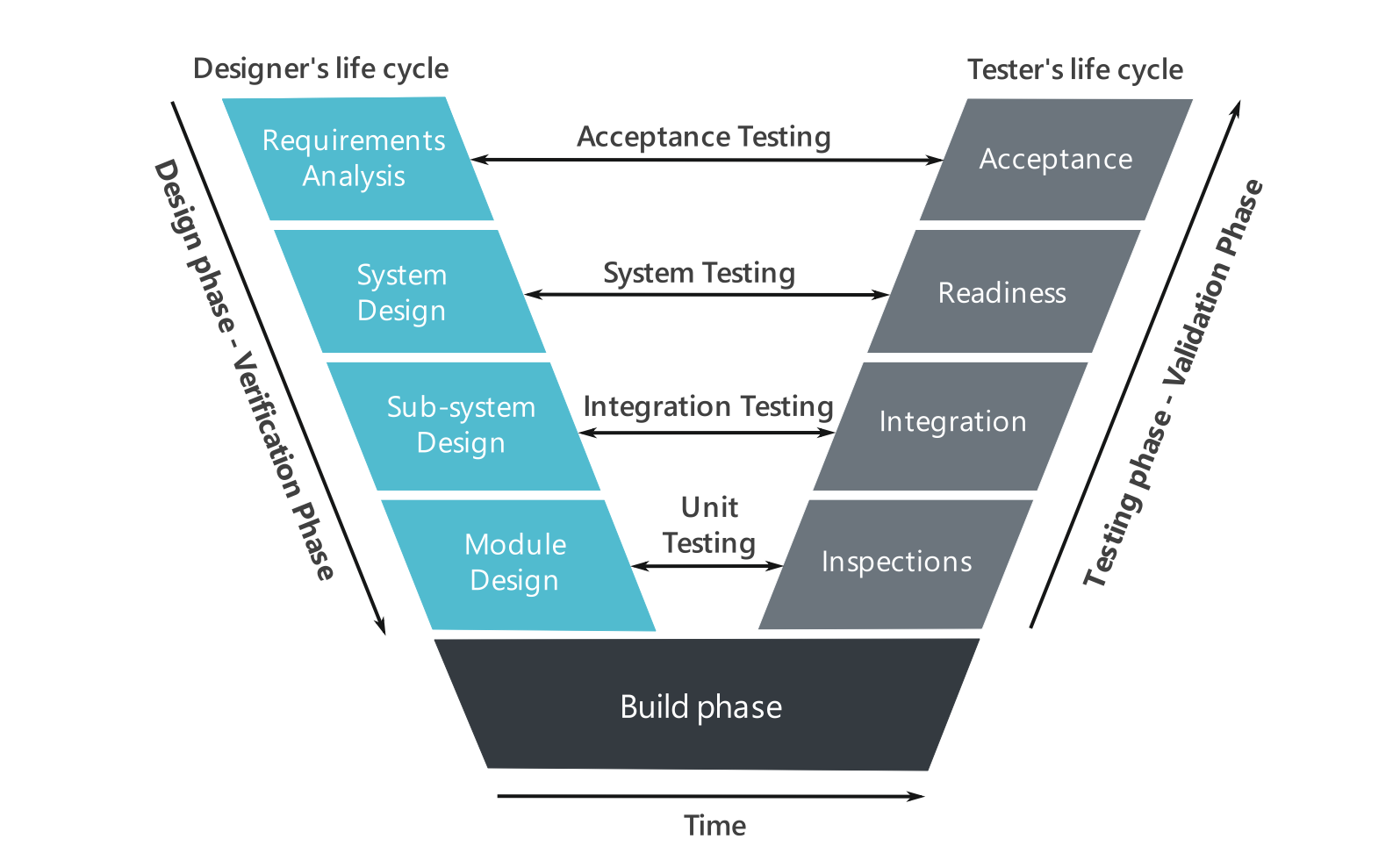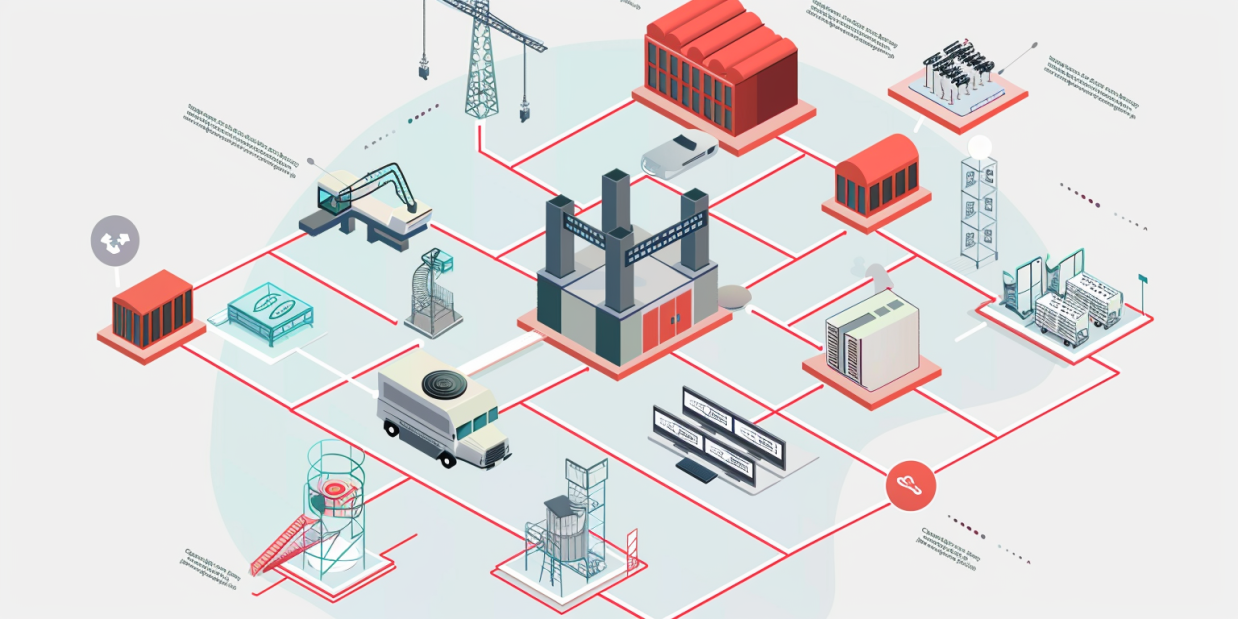In the realm of systems development, ensuring rigorous processes and successful project outcomes is paramount. One such framework that has gained significant recognition is the system engineering V-model. This graphical representation of a systems development lifecycle provides a structured approach to project management and development, leading to improved efficiency and quality. In this informative blog article, we will explore the intricacies of the V-model, its different categories, and its significance in the development landscape. Whether you’re a seasoned systems engineer or simply curious about effective development methodologies, join us on this journey to uncover the power of the system engineering V-model.
Table of Contents
Understanding the V-Model
The V-model is a graphical representation that summarizes the key steps and deliverables within a computerized system validation framework or project life cycle development. It visually depicts the left side of the “V” as the decomposition of requirements and creation of system specifications, while the right side represents the integration of parts and their validation. The V-model emphasizes the importance of validating requirements against higher-level requirements or user needs, while also considering the validation of system models.
Types of V-Model
There are three main types of V-model: the V-Modell, a project management method used by the German government; the general testing model widely adopted in the testing community; and the US government standard V-model, known for its detailed and rigorous approach. Each type has its own nuances and applications, tailored to specific contexts and requirements.
Validation vs. Verification
To truly grasp the essence of the V-model, it’s crucial to understand the distinction between validation and verification. Validation refers to confirming whether a product, service, or system meets the needs of the customer and other stakeholders, while verification involves evaluating whether a product, service, or system complies with regulations, requirements, specifications, or imposed conditions. These two processes serve different purposes but work in tandem to ensure project success.
Objectives of the V-Model
The V-model aims to achieve several key objectives in project execution. First and foremost, it minimizes project risks by providing transparency, control, and standardized approaches. This enables early identification of deviations and risks, resulting in better process management and reduced project risk. Additionally, the V-model improves and guarantees the quality of the results by ensuring completeness and desired quality through standardized processes. It also reduces total project costs by providing a transparent and traceable calculation of development, production, operation, and maintenance efforts. Lastly, the V-model fosters improved communication between all stakeholders by establishing a common understanding through standardized descriptions and terms.
Systems Engineering and Verification
The systems engineering process (SEP) plays a crucial role in the V-model. SEP encompasses the entire lifecycle of a system, from conception to retirement, and involves activities such as goal identification, concept of operations, system requirements, detailed design, implementation, acceptance testing, and ongoing maintenance. The V-model places a strong emphasis on requirements-driven design and testing, ensuring that all design elements and acceptance tests are traceable to system requirements.
The Two Streams: Specification and Testing
Within the V-model, two parallel streams operate: the specification stream and the testing stream. The specification stream focuses on creating user requirement specifications, functional requirement specifications, and design specifications. On the other hand, the testing stream involves installation qualification (IQ), operational qualification (OQ), and performance qualification (PQ). These streams work together to ensure that the system is thoroughly tested and meets the specified requirements.
Applications and Advantages
The V-model finds wide application in various domains, including German federal administration and defense projects, as well as commercial software development. Its advantages lie in active user participation, concrete assistance through work step instructions, improved project transparency, control, and risk management, as well as enhanced quality through standardized processes and uniform product contents. Additionally, the V-model helps in reducing overall project costs and improving communication between stakeholders.
Limitations of the V-Model
While the V-model offers numerous advantages, it is essential to acknowledge its limitations and areas that require additional considerations. The V-model does not cover certain aspects such as placing contracts for services or the organization and execution of operation, maintenance, repair, and disposal of the system. These areas need to be regulated separately or adapted within the V-model framework to ensure comprehensive coverage.
Implementing the V-Model Effectively
To make the most of the V-model and maximize its benefits, it is important to follow some key considerations during implementation:
- Tailor the V-model to fit your project: Every project is unique, and it’s crucial to adapt the V-model to align with specific requirements, industry standards, and organizational processes. Customize the model accordingly to ensure it meets the needs of your project.
- Ensure clear requirements definition: Well-defined and traceable requirements are the foundation of the V-model. Invest sufficient time and effort in capturing accurate and comprehensive requirements to minimize risks and avoid rework during the later stages of development.
- Emphasize collaboration and communication: Effective communication and collaboration among stakeholders are vital for the success of the V-model. Foster a culture of open communication, encourage feedback, and ensure that all team members have a clear understanding of their roles and responsibilities.
- Implement thorough testing and validation processes: The V-model places significant importance on testing and validation. Develop a robust testing strategy, including different levels of testing, such as unit testing, integration testing, and acceptance testing. This will help identify issues early in the development process and ensure that the system meets the desired quality standards.
- Continuously monitor and manage risks: Risk management should be an ongoing process throughout the project. Identify potential risks, assess their impact and likelihood, and develop mitigation strategies. Regularly monitor and update the risk register to stay proactive in addressing risks and minimizing their impact on the project.
Conclusion
The system engineering V-model serves as a powerful framework for project management and development. Its structured approach, emphasis on validation and verification, and clear delineation of requirements and testing processes contribute to efficient and high-quality system development. By understanding the different types of V-model, its objectives, and its applications, organizations can leverage its benefits to minimize risks, improve project outcomes, and ensure customer satisfaction. However, it is important to customize and adapt the V-model to specific project needs, foster effective collaboration, and prioritize comprehensive testing and risk management. With careful implementation and adherence to best practices, the system engineering V-model can be a valuable tool in achieving successful systems development projects.







